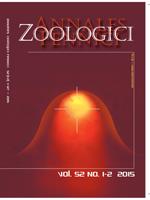Genetic analyses of non-invasively collected samples are increasingly being used in the monitoring of wildlife populations and individuals. This study is the first describing the use of placentas as non-invasive genetic samples from a natural population. We collected 66 placentas from birth-lair sites of Saimaa ringed seals (Phoca hispida saimensis) after the breeding seasons, with the aim of obtaining DNA from both the pup and the mother. Umbilical cord samples proved to yield the pup genotypes, but mothers could not be genotyped with confidence. Comparisons with existing mtDNA and microsatellite reference data sets showed that placentas can be used for inferring population-level genetic parameters. Our microsatellite panel provided sufficient resolution for genetic identification of individuals but, due to the extremely low variability of the population, parentage and sibship could not be inferred reliably. Field-collected placentas could provide means for genetic monitoring of many other seal species as well.
How to translate text using browser tools
1 April 2015
Genetic Monitoring of a Critically-Endangered Seal Population Based on Field-Collected Placentas
Mia Valtonen,
Matti Heino,
Jouni Aspi,
Hanna Buuri,
Tuomo Kokkonen,
Mervi Kunnasranta,
Jukka U. Palo,
Tommi Nyman
ACCESS THE FULL ARTICLE

Annales Zoologici Fennici
Vol. 52 • No. 1–2
April 2015
Vol. 52 • No. 1–2
April 2015




